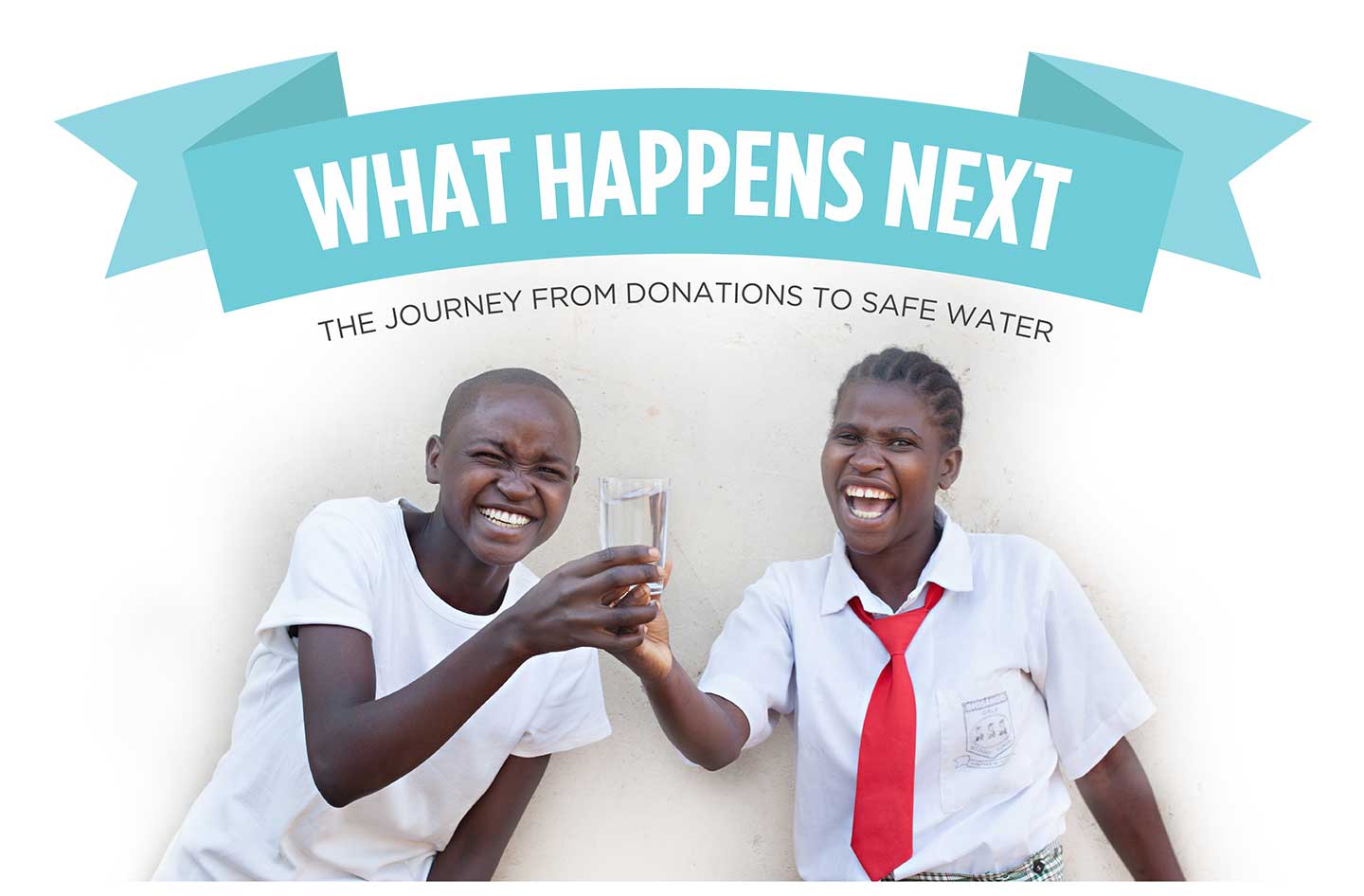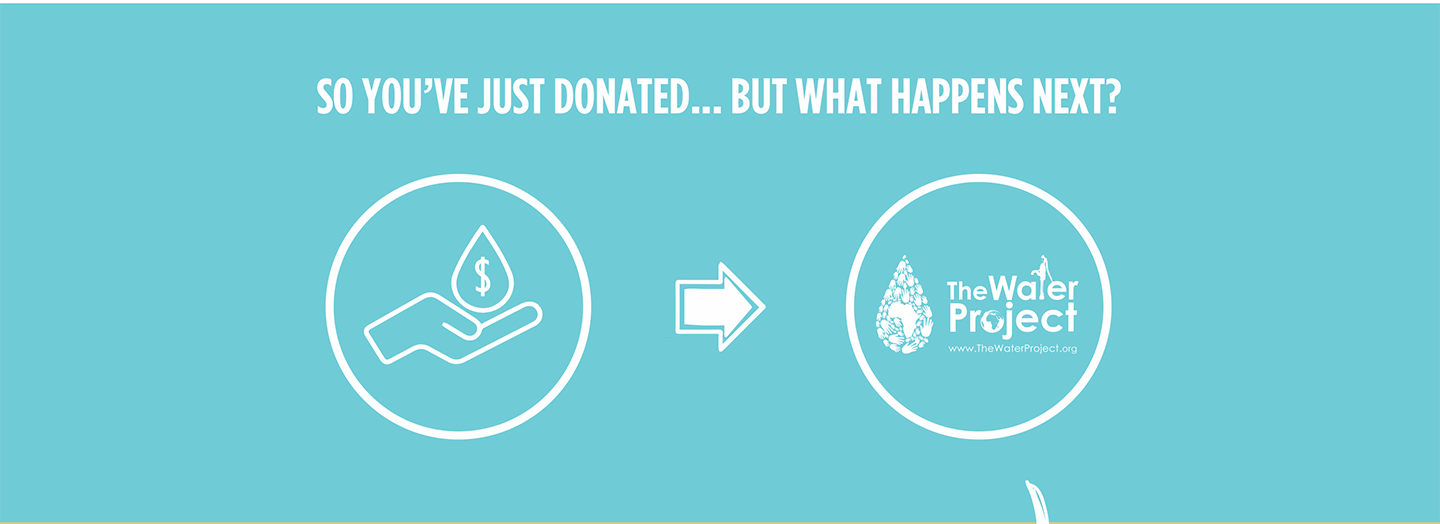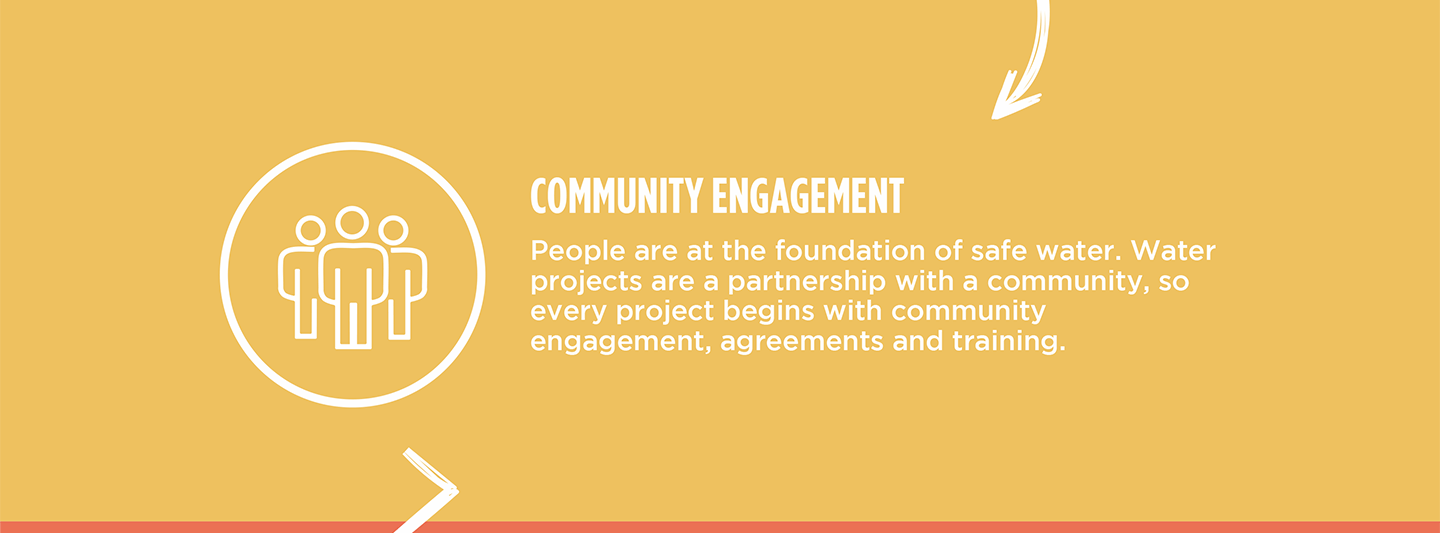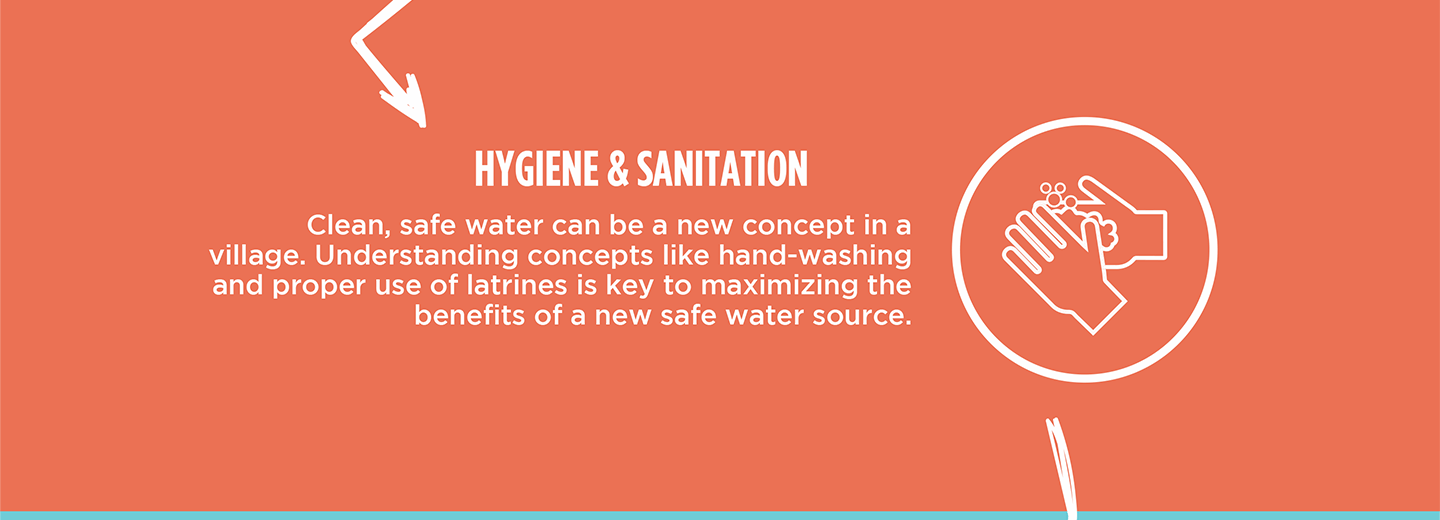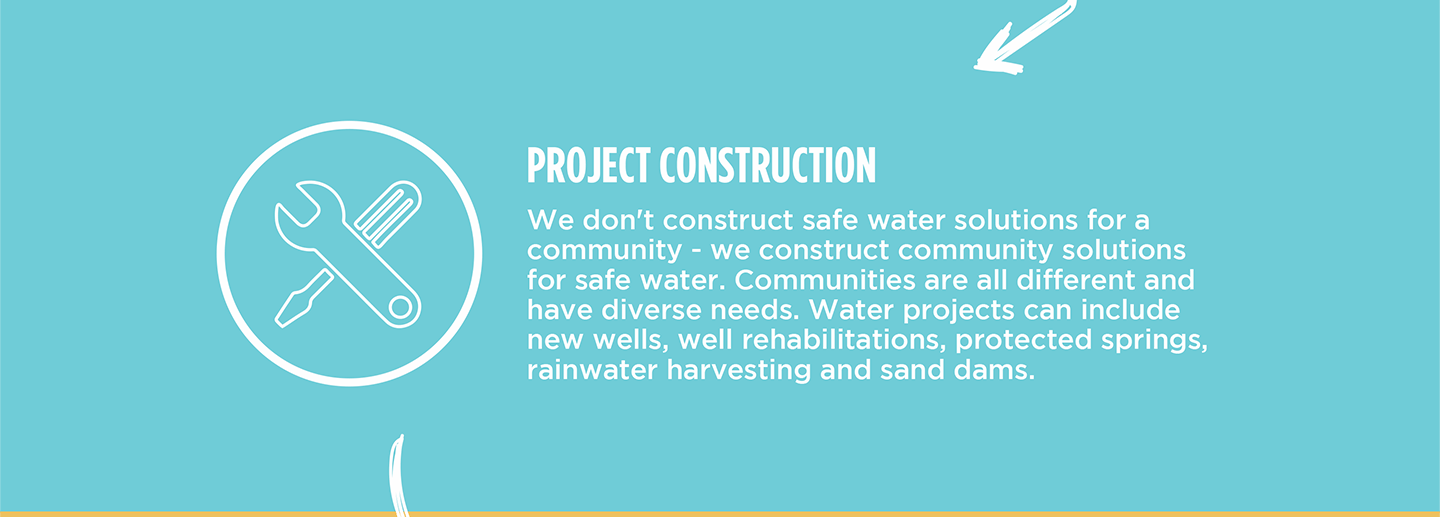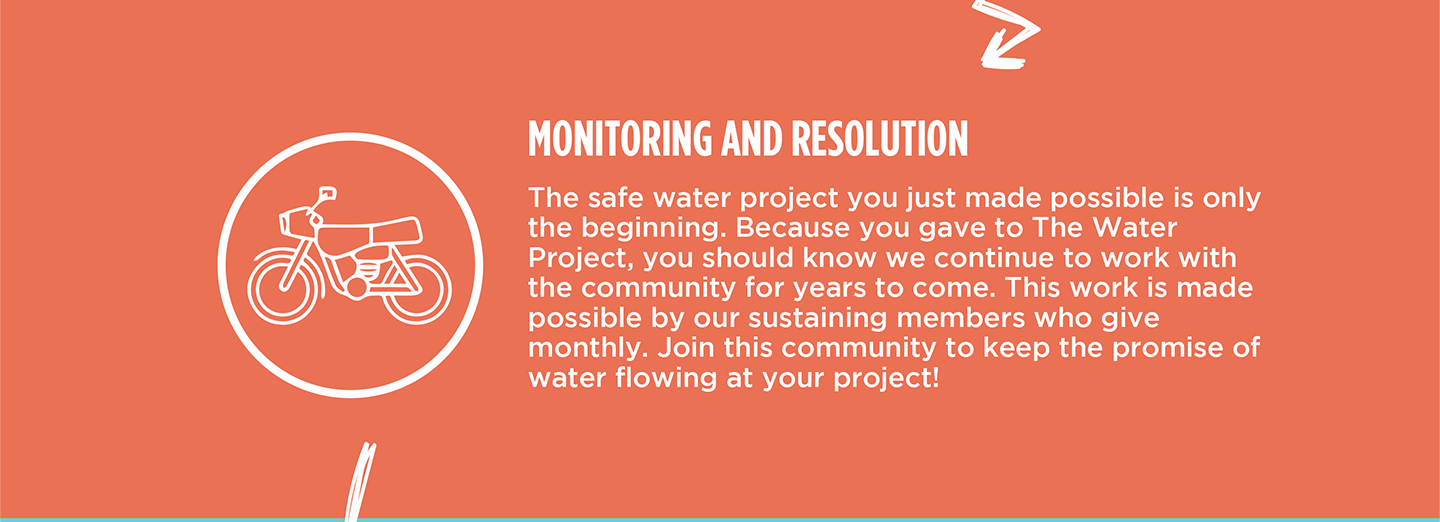The Makaka Community, home to 300 people, struggles each day to access clean, sufficient water. Their only water source, a spring, is in extreme disrepair, the water is contaminated, and their only fallback option is an unsafe stream.
Field Officer Christine Masinde said, "Contaminated water from this spring harbors various pathogens, including bacteria and parasites that cause diseases like typhoid and diarrhoea. The water users have complained of frequent attacks from these illnesses."

The contaminated stream the community uses as a water source.
"Medical expenses related to waterborne illnesses, including transportation to the health facility, consultation fee, and medication, put a strain on community members' finances who already have other essential needs to cater [to]," Christine continued.
For 48-year-old farmer and mother, Margaret Injete, these challenges have been deeply personal. Widowed a few years ago, she carries the full weight of providing for her family, while constantly battling the effects of unsafe water.

Margaret Injete.
"Currently, I am recovering from symptoms related to typhoid or malaria, i.e, headache, fatigue, and stomachache. I am not sure of what I was suffering from, since I did not go to seek treatment from a healthcare facility due to [a] lack of funds. The little money I get, I have to save it for my children's education and other basic needs," shared Margaret.
"I always have painkillers because of frequent headaches and stomachaches in my house. This is what we can afford to manage the pains. In rare cases, we seek medical attention from the health facilities," she continued.

Margaret hauls water home.
Illness also threatens her livelihood. "I am the sole breadwinner of my family since my husband passed away a few years back," lamented Margaret. "Small-scale farming is my only source of income. I have to work extra hard to provide basic needs for my children and me. When I get sick, my productivity level reduces, and sometimes, I am not able to work at all. This impacts my family negatively."
Even when she isn't ill, Margaret can spend hours a day waiting for her chance to collect the very water that makes her ill.

"During dry seasons, all seasonal springs in the community dry up except ours. The number of water users increases at our spring, which means [the] queues are longer than normal days. It takes as long as six hours [in] the queue as you wait for your turn to fetch water."

Community members wait for their turn to collect water.
When all else fails, Margaret is forced to collect surface water. An almost guaranteed route to illness.

Community members collect surface water.
Repairing the spring would change Margaret’s life. She would no longer fear that the water she brings home could make her children sick, nor waste precious hours in line. Instead, she could focus on her farm and her future.
"I would attend to my house chores early enough to allow me to go to the farm and take care of the bananas, maize, beans, sugarcane, and vegetables. In addition, I will have enough time to attend to my livestock. With the saved time, I will also get time to look for people to buy my surplus produce from the farm because that is how I earn a living," she concluded.
Steps Toward a Solution
Our technical experts worked with the local community to identify the most effective solution to their water crisis. They decided to safeguard the existing flowing spring.
Spring Protection
Springs are natural water sources that originate from deep underground. As water travels through various layers of the earth, it undergoes a natural filtration process, making it cleaner and safer to drink. To protect these spring sources from contamination, we construct a waterproof cement structure around layers of clay, stone, and soil. This design channels the spring water through a discharge pipe, facilitating easier, faster, and cleaner water collection.
Chlorine Dispenser
As an extra measure towards water quality safety, uniquely engineered chlorine dispensers are installed at all of our spring protection projects so community members can treat their water with pre-measured doses of chlorine. The chlorine treats any possible contamination and stays active for two to three days, ensuring water stays safe to use even when stored at home. Chlorine delivery and maintenance of the dispensers are part of our ongoing community support.
Community Education & Ownership
Hygiene and sanitation training are integral to our water projects. Training is tailored to each community's specific needs and includes key topics such as proper water handling, improved hygiene practices, disease transmission prevention, and care of the new water point. Safe water and improved hygiene habits foster a healthier future for everyone in the community. Encouraged and supported by the guidance of our team, a water user committee representative of the community's diverse members assumes responsibility for maintaining the water point, often gathering fees to ensure its upkeep.

 Protected Spring
Protected Spring
 Rehabilitation Project
Rehabilitation Project












